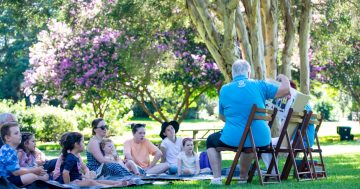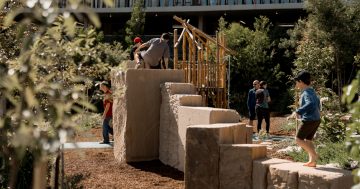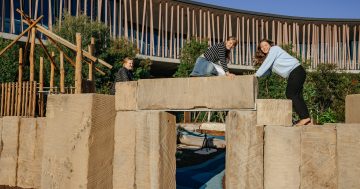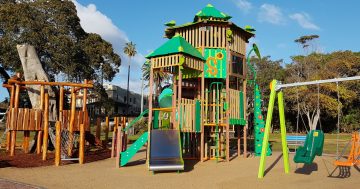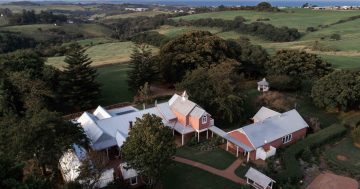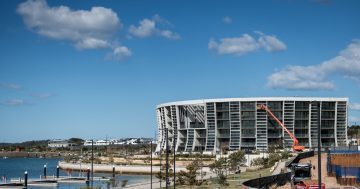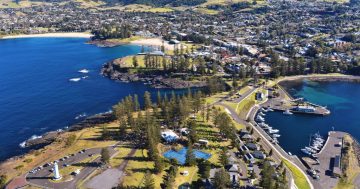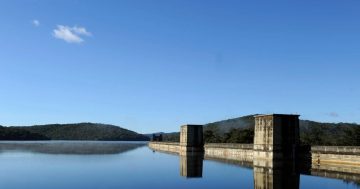
Greyleigh won a national award for its landscape architecture. Photos: Supplied.
Historic Kiama property Greyleigh and Shellharbour’s Yirran Muru Aboriginal Interpretative Playspace were among the 43 winners in the 2024 Australian Institute of Landscape Architects (AILA) National Awards in Melbourne this month.
The winning projects showcase the nation’s best gardens, parks, infrastructure, and urban design and are recognised for their thoughtful design in preserving heritage, enhancing biodiversity, and promoting sustainable practices across Australia.
Greyleigh, a 200-acre estate, received the highest honour in the gardens category – an award of excellence.
The award recognised the work of Kirsty Kendall of Studio Rewild from Mullumbimby and Emily Simpson of Emily Simpson Landscape Architecture in Sydney, whose design seamlessly integrated the estate’s expansive natural beauty.
Originally established as a dairy in the 1880s, the original dairy shed was repurposed into The Gables for wedding receptions and the original concrete silos were transformed into modern cocktail lounges with a fireplace and lunar skylights, allowing the once dilapidated site to now be used for farm stay experiences, weddings and events.
Kirsty said she enjoyed adding to that restoration through the joint landscape architecture project with Emily because of the scale of the property, its intrinsic character, old stone walls and being a beautiful historical relic.
“We went to that first site inspection and the bird life was incredible and the views over to the ocean and Kiama were amazing,” she said.
They then scrambled through an overgrown hedge and arbour, with Emily describing what they found as “like the remnant of a secret garden”.
Kirsty said from then, there were many secret nooks and crannies discovered.
“The site had a really amazing sense of magic and wonder, and also just materiality it has the historic stone walls, beautiful old timber fences and gates, the bird habitat, and this sense of a wild, rambling country garden.”
The garden’s original features, including the established orchard, remnant trees, and stone walls, were harmoniously incorporated into a new, ecologically diverse garden.




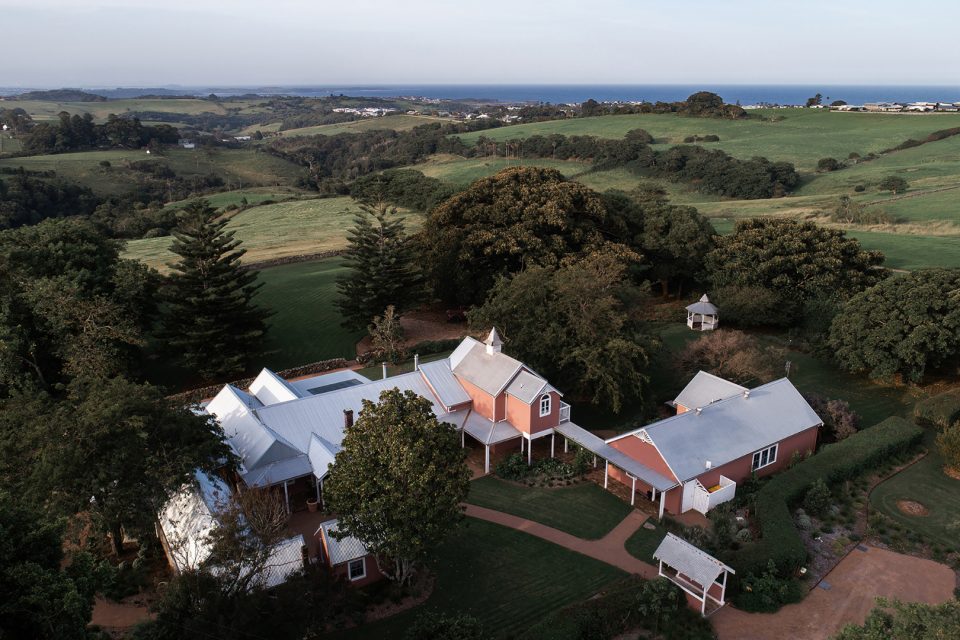
Emily said it was important to maintain that character and not sterilise that sense of heritage or make it feel too overdesigned.
“It was really paying attention to the historical elements and the beautiful figs, and all of those existing things that were on site, and then bringing Illawarra rainforest species to add this new layer,” she said.
“There was this amazing orchard there as well and it was pretty special to get the trees back to a health that meant they were really productive again.”
Kirsty said from a functional point of view, they were able to create a series of distinct spaces within the landscape, along with putting in a pool, large deck, and kitchen garden.
She said endemic Illawarra rainforest species were reintroduced into the estate’s expansive gardens after researching through the resource Growing Illawarra Natives.
“We did a lot of research into that remnant rainforest species that would have been there once,” she said.
The award’s jury said the native species regeneration was clever from a sustainability perspective, embedding culture into design materials, restoring natural systems and enhancing biodiversity.
It said a pool and terraces overlooking pastures were part of the design team’s masterplan for a contemporary venue that accentuated the built form and the landscape.
“This carefully crafted project respects the site’s heritage, while providing a vibrant venue that champions material reuse and the revival of lost plant species,” the jury said.
Among the 43 winners were 12 NSW awards, which included Fiona Robbe Landscape Architects with Shellharbour City Council for Yirran Muru.








